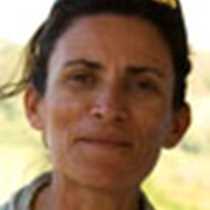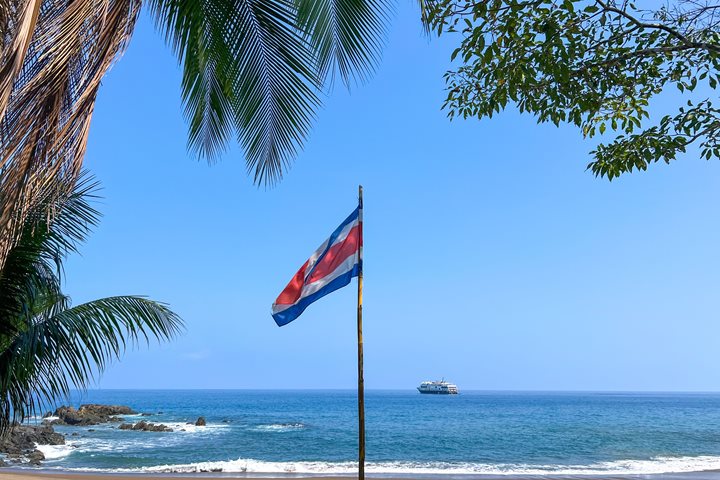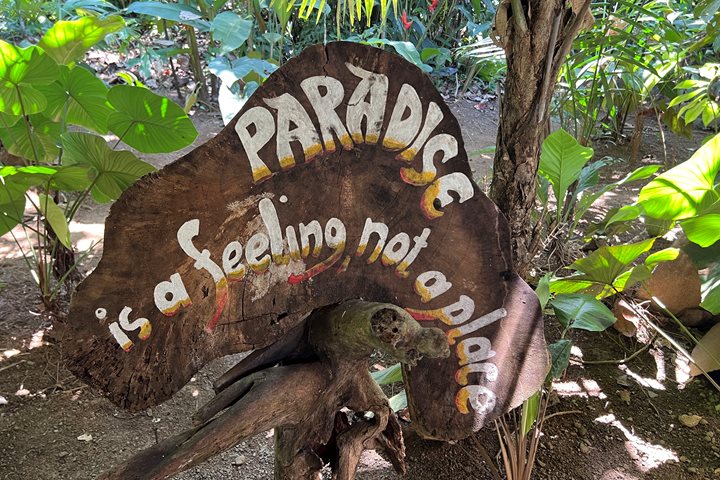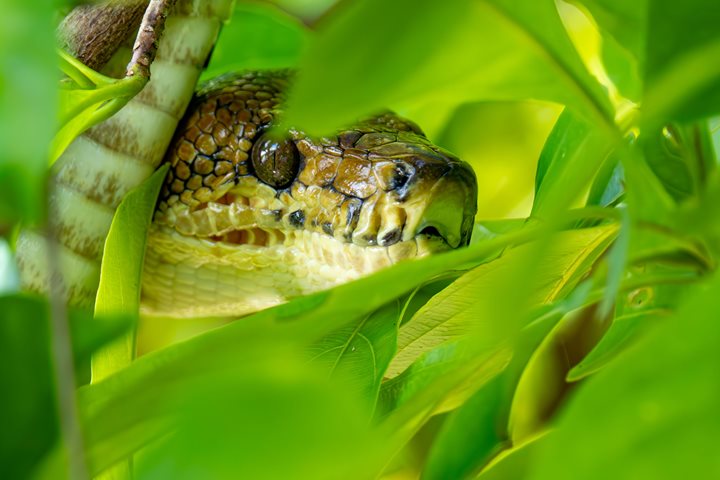Our second day in Costa Rica brought us to the Osa Peninsula, one of the most remote and isolated parts of the country, which also holds one of the most pristine rainforests of the Central American region. This area features all of what a tropical rainforests should portray. Though we rarely talk about what they are and what makes them so different. If we compare it with what we know of forests in general, especially if they are located in various latitudes; they behave in quite a different manner.
The tropical regions hold many more forms of flora and fauna than other forests because of their constant warm, wet climate and the absence of a frozen winter, which makes an abundant and continuous production of plant material possible. In any tropical region, the temperature is always warm enough for animals to be out and for plants to produce leaves, flowers and fruit all year round. The highly stable climate and vast food supply of tropical rainforest habitats are what enhance tropical forests diversity most of all. Appropriate specialization (a jack-of-all-trades is master of none) allows members of a species to exploit their favorite food or habitat more effectively. Specialization is advantageous if the species faces abundant competition and its food or habitat is reliably available; it is also the engine driving tropical diversity. Where the amount and composition of the food supply is more stable, each species can specialize further without risking extinction from the disappearance of the particular food it depends on; thus, a given range of foods, support more species. Central America in particular is one of the most diverse areas of the world because “we” connect two large land masses (North and South America) where fauna and flora meet as they migrate from one to the other.
The Osa Peninsula is one of those sites where biodiversity “exploded”. We had the chance today to explore it widely. We did this in the morning through long, short and horseback riding, and in the afternoon, with hiking to a waterfall, a long trail, and a shorter one looking for wildlife. All the sweating and puffing and walking paid off: macaws, streaked breasted antpitta, spider and howler monkeys, coatis, great curassow. But the short walkers in the afternoon won the lottery a million times: they came back with a wild puma (mountain lion) on their check list. A PUMA!! Many of the naturalist (some of us field biologists) have roamed the forest for more than twenty five years, have never seen one in its natural habitat. What a wonderful day today!





.jpg?width=106&height=85&mode=crop&scale=both&quality=50)



